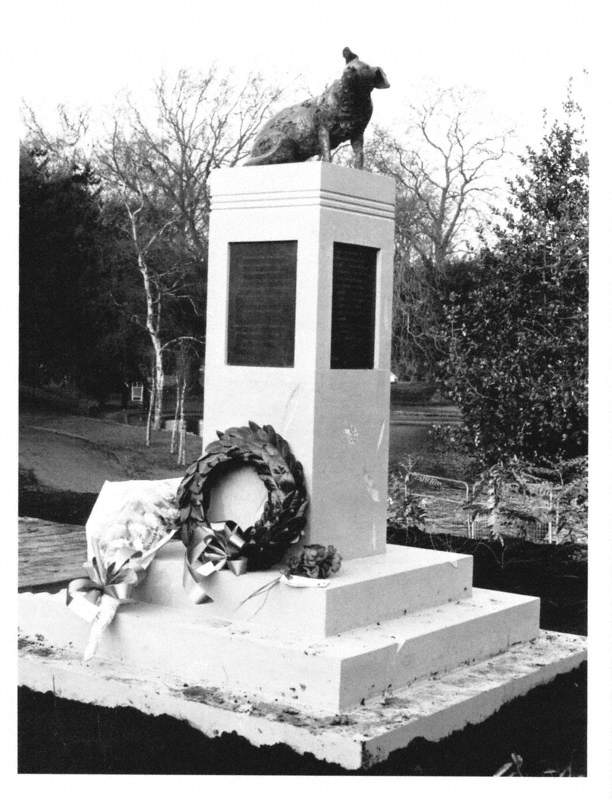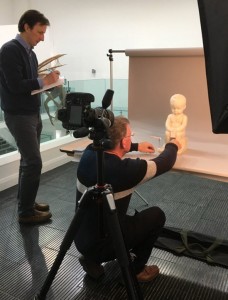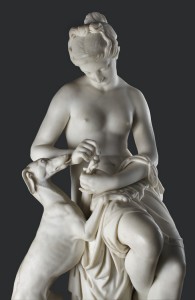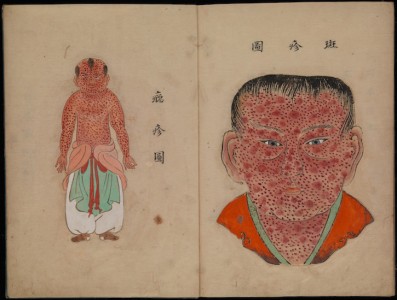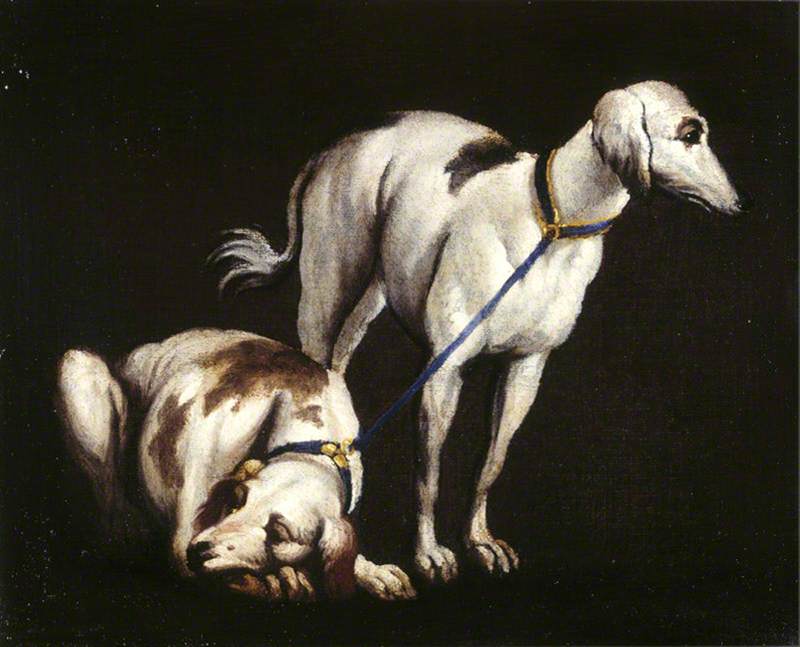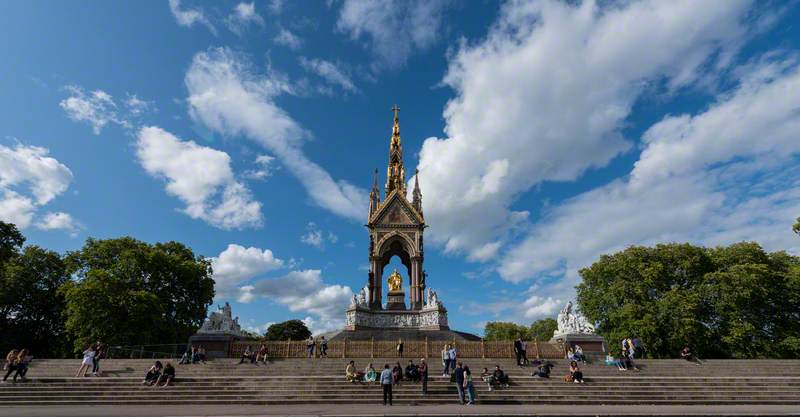In a secluded area of Battersea Park in London stands a sculpture of a small terrier on a plinth. Its diminutive size and situation belie a fascinating history that includes mass demonstrations, violent riots and one of the country's most famous libel cases. It is also unusual because, in effect, it is a memorial to a memorial, an extremely rare focus for a piece of public sculpture.
The bronze statue is 46 cm (18 in) high and was sculpted by Nicola Hicks, who used her own terrier, Brock, as a model. It surmounts a 138 cm high Portland stone plinth and was unveiled on 12th December 1985.
Brown Dog Memorial and Fountain
1906
Joseph James Whitehead (1868–1951) 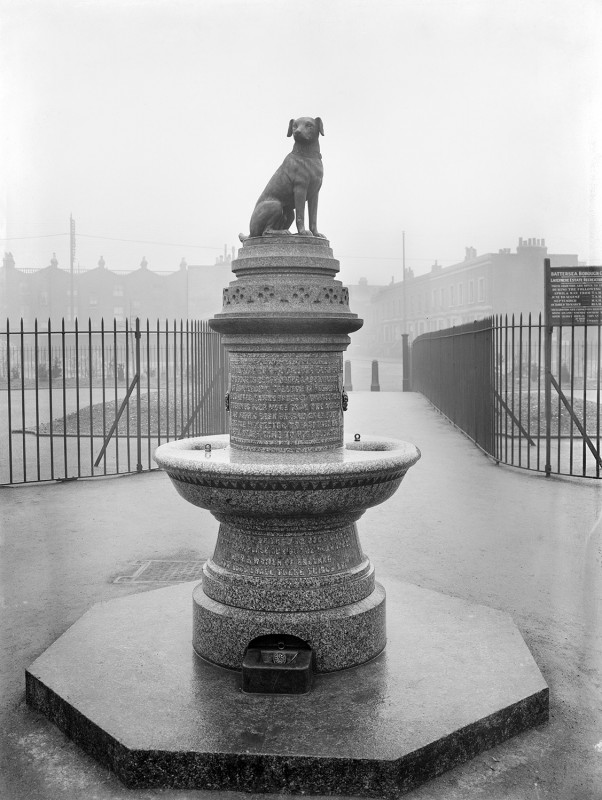
On 2nd February 1903, two Swedish medical students, Louise Lind-af-Hageby and Liese Schartau, witnessed medical experiments carried out by Dr William Bayliss, on a brown terrier-type dog at University College London. The animal had already been subjected to two previous vivisections by Prof Ernest Starling; one earlier that day. The two students subsequently passed on their evidence to Stephen Coleridge, honorary secretary of the National Anti-Vivisection Society, and later that year they gave up their medical studies as a result of what they witnessed. Coleridge publicly condemned Bayliss and accused him of breaking the law. A libel action followed that became a cause célèbre; Coleridge lost the case but a public fund organised by the newspapers paid the trial expenses.
In 1906, a memorial drinking fountain was erected in Latchmere recreation ground, Battersea. The inscription read 'Done to Death', starkly describing what had happened to the dog at the hands of the vivisectors. It also commemorated 'the 232 dogs vivisected at the same place during the year 1902'.
The erection of the memorial sparked what became known as the 'Brown Dog riots', with large demonstrations taking place, and UCL medical students repeatedly attempting to vandalise the statue. Clashes between medical students and local residents, anti-vivisectionists and others, became so frequent that the statue had to be given 24-hour police protection. Because of the continued disturbances and increasing costs to protect the memorial, Battersea council secretly removed it in the early hours of 10th March 1910 and later destroyed it. An injunction to halt the removal had come too late.
Loss of the memorial led to widespread public condemnation, culminating in a 3,000-strong march from Hyde Park Corner to Trafalgar Square on 19th March 1910.
The 'new' memorial was commissioned by the National Anti-Vivisection Society and the British Union for the Abolition of Vivisection, with funding support from public subscription. Alongside the new inscription, that from the original memorial is replicated on the plinth. The statue is not only a commemoration of the original memorial and of past cruelties, but also a poignant reminder that animal testing, on dogs and other species, continues unabated to this day.
Antony McIntosh, Public Sculpture Manager, Art UK
